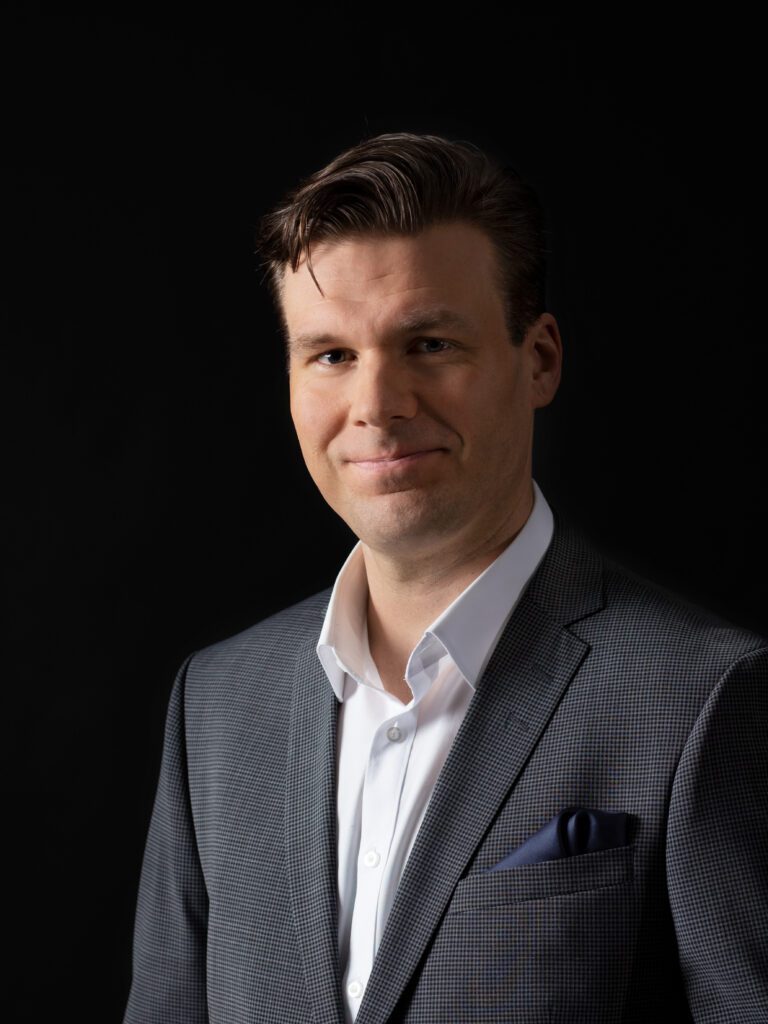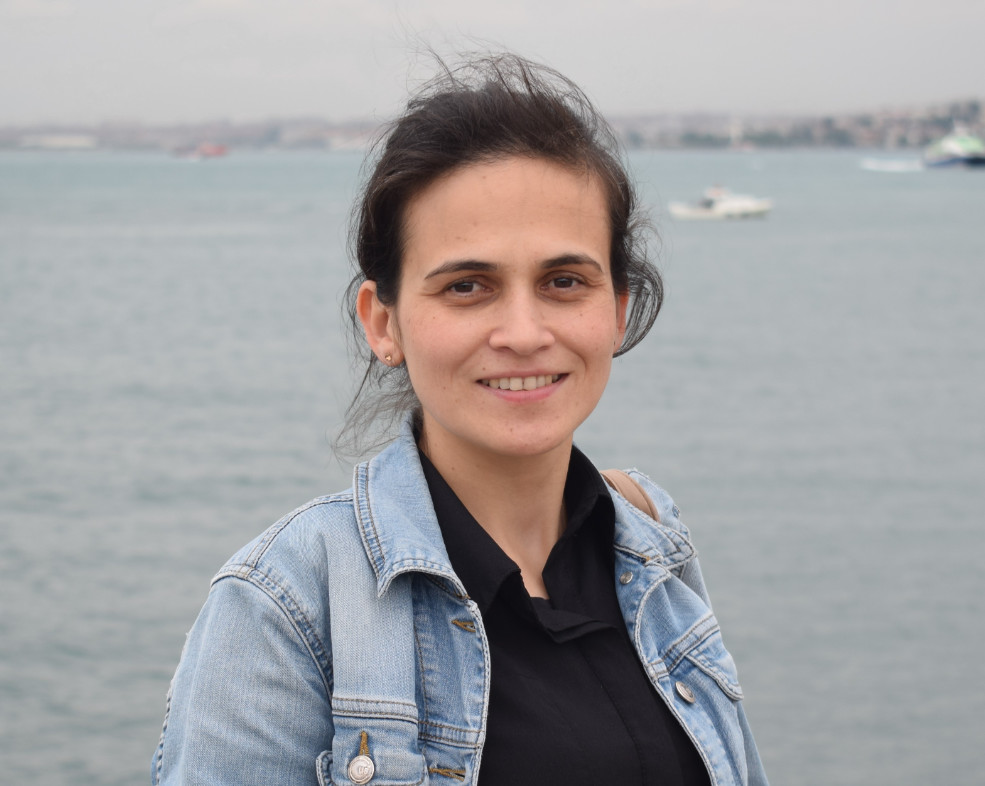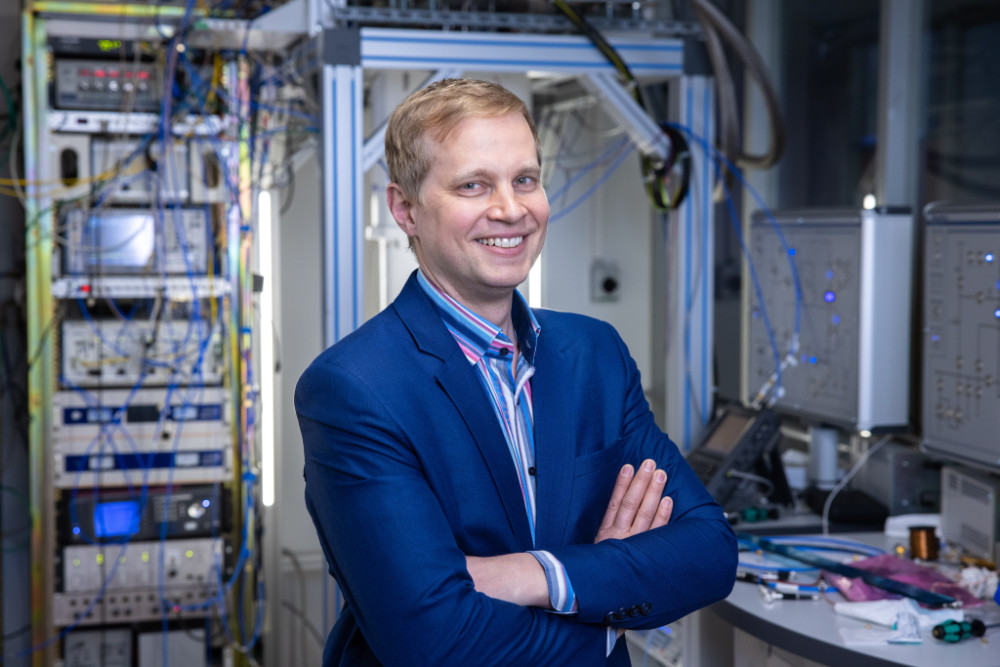The reality of research is more versatile than the often sharp division between basic and applied research suggests. Even the creation of entirely new scientific knowledge benefits from solving practical problems.
The traditional view from the 1940s (e.g. Vannevar Bush) suggests that new knowledge is created in basic research, which is then used to solve practical questions in applied research, followed by (product) development, and finally production. This description links research goals and outputs with specific process stages. Reality, however, is not that straightforward and simple.
Research goals can be categorized based on whether they involve generating new fundamental knowledge or targeting specific usage (see: Donald Stokes). This creates a four-quadrant model (Figure 1), where traditional basic research focuses on increasing understanding and applied research on solving problems. Examples of the former include Niels Bohr and the latter Thomas Edison.
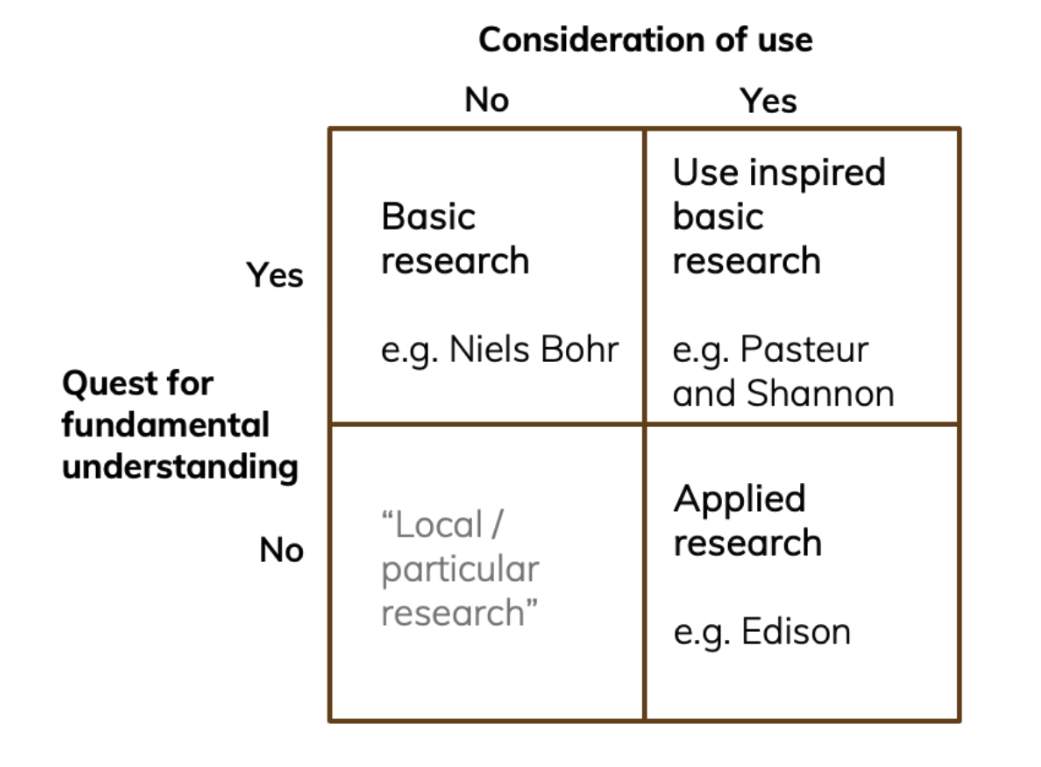
Figure 1. Use inspired basic research aims to deliver both fundamental knowledge and usable results.
The four-quadrant model also reveals a new area that we can call “practice-inspired basic research”, and which Stokes has named Pasteur’s quadrant. In this quadrant, the aim is both to create new knowledge and solve practical problems. A good example is Louis Pasteur, who was asked to solve issues in wine production, leading to further research and his significant role as a founder of microbiology. Another example from a different field is Claude Shannon, whose work at Bell Laboratories aimed at improving the efficiency of data transmission, leading him to explore the limits of efficiency and develop information theory. In both cases, the key to their groundbreaking scientific achievements was not isolation in a research chamber, but openness to the environment, the opportunity and resources to follow new questions, and the ability to create entirely new knowledge.
In reality, the boundaries in the four-quadrant model are not absolute, and research and researchers can move back and forth depending on the subject and stage of the research. Like Pasteur and Shannon, one way to move and enrich work is through collaboration with industry. Many researchers funded by the The Finnish Research Impact Foundation (FRIF) have shared how eye-opening and inspiring working together with industry has been. In addition to new questions, industry can also offer science resources such as data, materials, or equipment that are otherwise inaccessible.
It is time to forget the sharp division between basic and applied research and look for ways in which practical work and research can serve each other’s goals.
Lauri Oksanen, Chairman of the Board, FRIF
This article is based on a presentation given at the FRIF’s 5th-anniversary seminar. Read more about the foundation’s impact assessment here.

